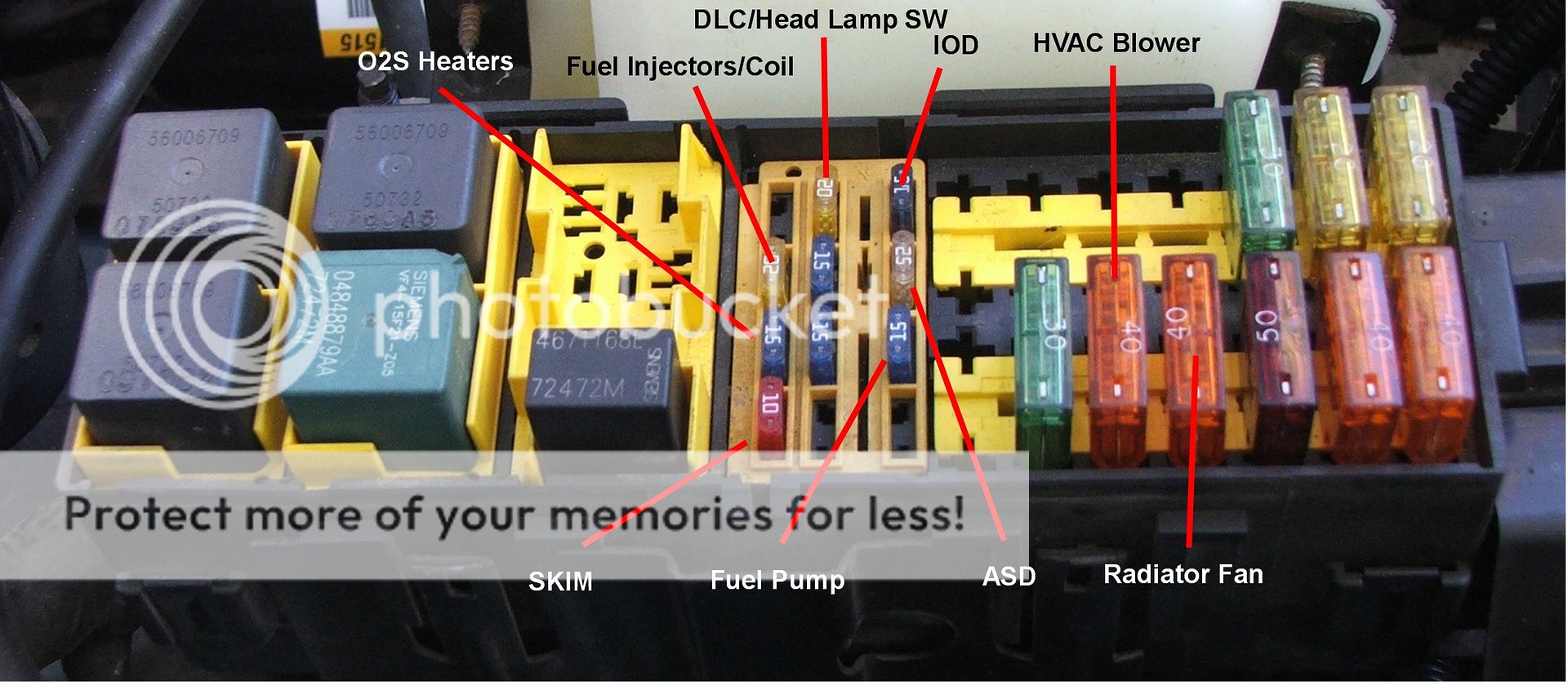I have a 1997 jeep cherokee with the 4.0. I have had several mechanical issues since I bought it a couple months ago. So far this is what has been replaced. Plugs, wires, and cap. Map sensor, TPS, CPS, o2 sensor by headers. Also cleaned throttle body and IAC.
Now here is the issue. The jeep started acting up, when the engine is cold and I first take off it will start sputtering and cut out for 10 seconds or so. Once the engine warms up a little the issue goes away. I had a new o2 sensor but heard that could be an issue caused by bad o2. I unhooked the o2 sensor for over a week and it never did it once but seemed to get worse gas mileage. I ordered a ngk sensor because I heard they were better for the 4.0. Replaced that and hooked it back up. The issue continued once again...
Any ideas what could cause this?
Also the jeep sat for about 5 days and went to start it yesterday and the battery was dead. I recent put a brand new battery. Could these be related?
Now here is the issue. The jeep started acting up, when the engine is cold and I first take off it will start sputtering and cut out for 10 seconds or so. Once the engine warms up a little the issue goes away. I had a new o2 sensor but heard that could be an issue caused by bad o2. I unhooked the o2 sensor for over a week and it never did it once but seemed to get worse gas mileage. I ordered a ngk sensor because I heard they were better for the 4.0. Replaced that and hooked it back up. The issue continued once again...
Any ideas what could cause this?
Also the jeep sat for about 5 days and went to start it yesterday and the battery was dead. I recent put a brand new battery. Could these be related?

